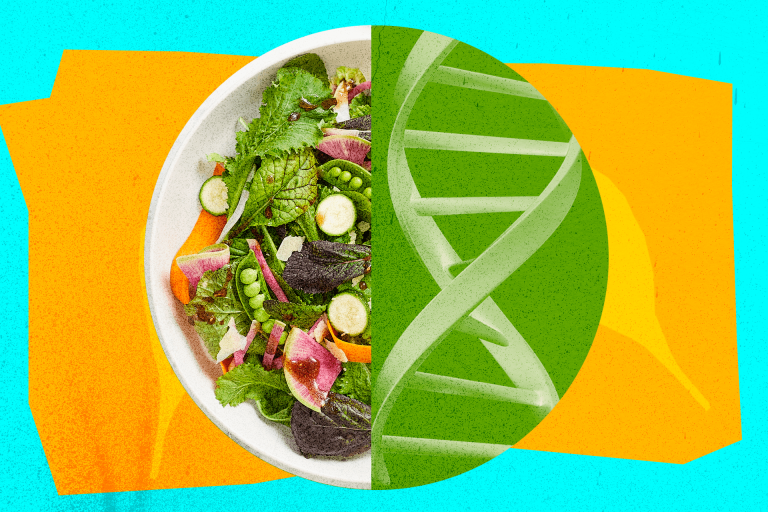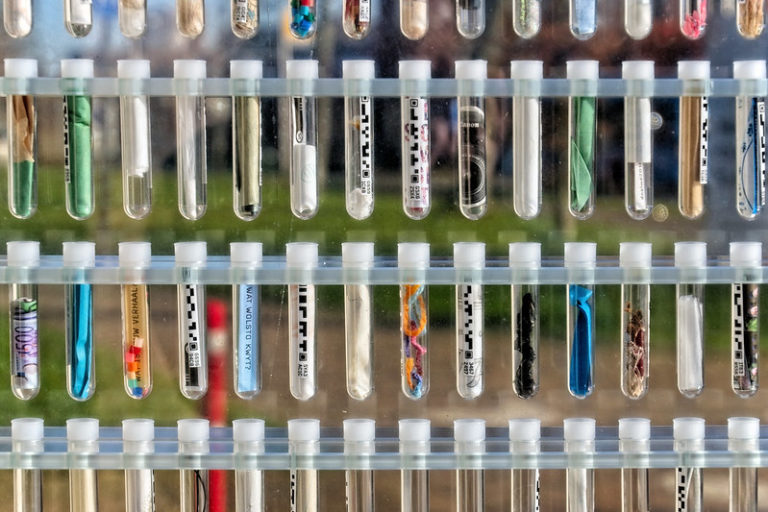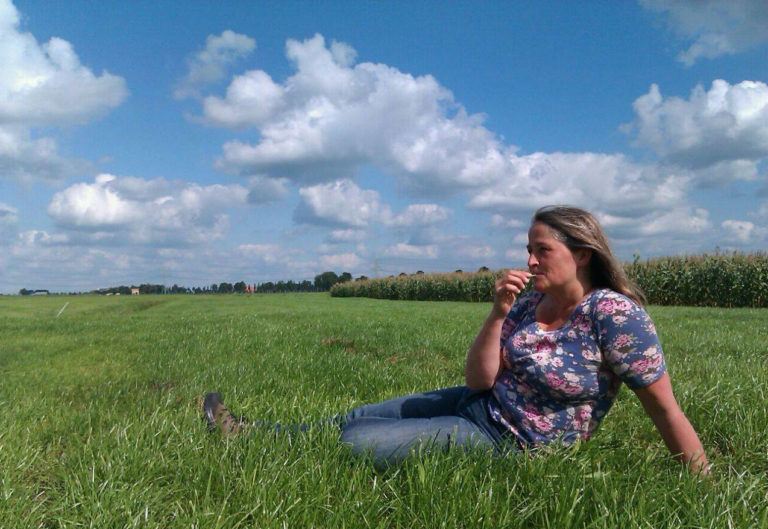News
Excluding GMOs/NGTs from patentability would be an illusion
In its amendments adopted on 7 February 2024, the European Parliament drew a distinction between products derived from New Genomic Techniques (NGTs), which it wanted to exclude from patentability, and the NGTs used to obtain these products, which could still be the subject of so-called process patents. In addition to the legislative obstacles that this decision would create, particularly at the level of the European Patent Office, it would still leave farmers and small/medium-sized plant breeders at the mercy of infringement proceedings. Contrary to what the Parliament’s “reassuring” proposal suggests…

On 7 February 2024, the European Parliament proposed to make a distinction between products derived from NGTs, such as plants, their parts and the genetic information they contain, which would be excluded from patentability, and NGT processes for obtaining these products, which would not be excluded. However, this decision could not be adopted in the final regulation without also amending European Directive 98/44 EC and the European Patent Convention, which govern the patentability of biotechnological inventions in Europe.
If these administrative hurdles were overcome, and only NGT processes were therefore patentable, would the legal context be very different for small and medium-sized breeders, farmers and peasants? Probably not, given the scope of process patent claims.
Different categories of claims
A patent consists of two main parts: a “description“, which describes the invention in sufficient detail to enable it to be reproduced, and “claims”, which define the invention clearly and concisely. These claims delimit the invention and must mention its essential characteristics. For example, if a hammer were invented, the claim should at least mention a part that is held and a part that strikes. The invention defined must be novel, involve an inventive step and be industrially applicable.
Different categories of claims are possible in the same patent, provided that the criterion of unity of invention is met. A patent may, for example, claim a plant (or plant material, such as a seed) modified with transgene X, a process for obtaining a plant containing this transgene X, a sequence claim for this transgene X or a new function associated with transgene X. In this case, the invention is based on transgene X. Patents in the field of NGTs similarly claim plant material modified by NGTs, processes for obtaining this modified material and genomic sequences (modified sequence, guide RNA, etc.).
A “product” claim relates, for example, to a modified plant or seed. A “process” claim covers a sequence of steps enabling, for example, the production of such a plant or seed or consisting in a particular way in generating various genetic modifications of plants. In a situation of potential infringement – a patent is used to prevent a third party from infringing an invention – it is easier for the owner of the patent in question to take action on the basis of a product claim than on the basis of a process claim. A product claim enables the patent owner to demonstrate infringement simply by stating that an identical product is commercially available. On the basis of a process claim, he will have to prove that the production steps used to obtain this product infringe this claim. In theory, this is not so easy. But European law contains a provision that extends the scope of such process claims to products directly derived from the patented process. This provision reverses the burden of proof, forcing alleged infringers – seed producers, for example – to prove that they did not obtain their products directly from the patented process.
Process patents and NGT
Article 4a “Exclusion from patentability” passed by the European Parliament states that “NGT plants, plant material, parts thereof, genetic information and the process features they contain shall not be patentable“1. The exclusion therefore concerns NGT “products” and not NGT processes, which remain patentable. Under these conditions, the holder of an NGT process patent could not prohibit a third party from producing plants derived from this process because these plants are excluded from patentability?
As mentioned above, European law contains provisions allowing the scope of a process patent to be extended to products obtained directly by that process. Article 64(2) of the European Patent Convention applied by the European Patent Office lays down this principle for all technical fields. Article 8(2) of Directive 98/44 EC does the same for biotechnological inventions2. In the latter case, the “resulting product” is “biological material” which, by its very nature, is liable to reproduce or multiply. Article 8(2) extends claims for the production of biological material with “specific characteristics as a result from the invention” to biological material obtained by reproduction or multiplication of this initial material and having the same characteristics.
Article 9 of Directive 98/44 specifies that the protection conferred by a patent on a product (e.g. a product obtained under Article 8(2)) containing or consisting of genetic information (e.g. a DNA sequence) extends to any material… “in which the product is incorporated and in which the genetic information is contained and performs its function“. For example, the protection conferred on a tomato sequence modified by a particular NGT extends to any tomato (or other biological material) whose genome contains this sequence, provided that it retains the function claimed in the patent.
Breeders are presumed to be infringers
What could happen in practice in the event of alleged infringement of an NGT process patent? If, for example, Corteva suspects a small breeder of having produced seeds directly using its patented process, this will have to be proven. One might imagine that a multinational seed company with substantial resources and powerful biotechnology tools might be asked to provide evidence to back up its allegations. This is not the case. The Unified Patent Court (UPC), set up by the European Union, states in Article 55 (Article 55 (UPC) – Reversal of the burden of proof)3 of its “Agreement relating to a Unified Patent Court” that, in the case of a process patent, it is up to the alleged infringer to prove that he is not. This is what the law calls the “reversal of burden of proof“4.
In order to clear his name, a breeder would simply have to show that he had produced his seed by an essentially biological process or that it could have been produced by an essentially biological process. But how would he do this if it is impossible to distinguish – as the NGT developers themselves claim – between a seed obtained by an essentially biological process and a seed obtained using a patented NGT process?
This is why the amended text voted by the European Parliament on 7 February took the “precaution” of specifying that “the protection conferred by a patent on a product containing or consisting of genetic information shall not extend to plant material in which the product is incorporated and in which the genetic information is contained and performs its function but which is not distinguishable from plant material obtained or which can be obtained by an essentially biological process“.
This distinction is entirely possible. Yves Bertheau, former director of research at Inrae at the Muséum National d’Histoire Naturelle in Paris, has shown this in various publications, as have other scientists5. The European Union itself is also funding research programmes (Darwin and Detective) aimed at studying the development of tools for detecting, identifying and tracing NGTs and, ultimately, standardising such analyses6. Since the constraints are therefore not technical, but purely regulatory, it would make sense for patent holders to be responsible for publishing the process used to distinguish products resulting from their invention from any other product likely to resemble them. Publication of this process is compulsory under Directive 2001/18, but the European Commission is proposing to cancel it under the new GMO/NGT regulations.
It is in fact by relying on the principle of “reversal of burden of proof” that the holders of patents on NGT processes hope to take legal action. If the alleged infringers (see box) are unable to demonstrate that their product is not directly derived from a patented NGT process, or from the reproduction of such products, they will have to stop production or negotiate a potentially onerous patent licence. Alternatively, they can challenge the validity of the patent. This will almost never happen, given the dissuasive cost of such procedures.
In the event of the European Union finally deciding to exclude NGT-derived products from patentability, Corteva, Bayer, BASF, Syngenta and co. will still have a free hand to act against farmers and small and medium-sized plant breeders via process claims.
Intentional or unintentional patent infringement
Alternatively – particularly in the case of plants – it may involve contamination, i.e. the unintentional and unavoidable but effective copying, without authorisation, of a product identical to that resulting from the patented invention. However, in the latter case, infringement would not be recognised in France (Germany provides equivalent protection), due to the “fortuitous or accidental” nature of this contamination (Article 613-2-2 of the French Intellectual Property Code). However, Directive 98/44 EC does not provide for such ‘immunity’ in the event of contamination, and other European countries may therefore provide otherwise. It should also be remembered that this legal extension of the scope of process patents to the product obtained is compounded by the question of the scope resulting from the wording of claims which improperly cover “native traits” of plants.
- European Parliament, Texts Adopted, “Plants obtained through certain new genomic techniques, and food and feed products derived therefrom”, 7 February 2024. ︎ ↩︎
- Article 8(2) of Directive 98/44 EC: “The protection conferred by a patent on a process that enables a biological material to be produced possessing specific characteristics as a result of the invention shall extend to biological material directly obtained through that process and to any other biological material derived from the directly obtained biological material through propagation or multiplication in an identical or divergent form and possessing those same characteristics.”︎ ↩︎
- Article 55 (JUB) – Reversal of burden of proof:
“1…. if the subject-matter of a patent is a process for obtaining a new product, the identical product when produced without the consent of the patent proprietor shall, in the absence of proof to the contrary, be deemed to have been obtained by the patented process.
2. The principle set out in paragraph 1 shall also apply where there is a substantial likelihood that the identical product was made by the patented process and the patent proprietor has been unable, despite reasonable efforts, to determine the process actually used for such identical product.
3. In the adduction of proof to the contrary, the legitimate interests of the defendant in protecting its manufacturing and trade secrets shall be taken into account. ↩︎ - OJ of the European Union, “Agreement on a Unified Patent Court”, 20 June 2013. ︎ ↩︎
- Bertheau, Y., “Advances in identifying GM plants: current frame of the detection of transgenic GMOs”, Burleigh Dodds, 2022.
Bertheau, Y., “Advances in identifying GM plants: towards the routine detection of ‘hidden’ and ‘new’ GMOs”, Burleigh Dodds, 2022.
Food Standards Agency, “Literature review on analytical methods for the detection of precision bred products” , 14 September 2023. ↩︎ - European Commission, “Transition to safe & sustainable food systems through new & innovative detection methods & digital solutions for plant-based products derived from new genomic techniques, under a co-creation approach”(Darwin project), 8 December 2023
European Commission,“Detection of NGT products to promote innovation in Europe” (Detective project), 6 December 2023. ︎ ↩︎














